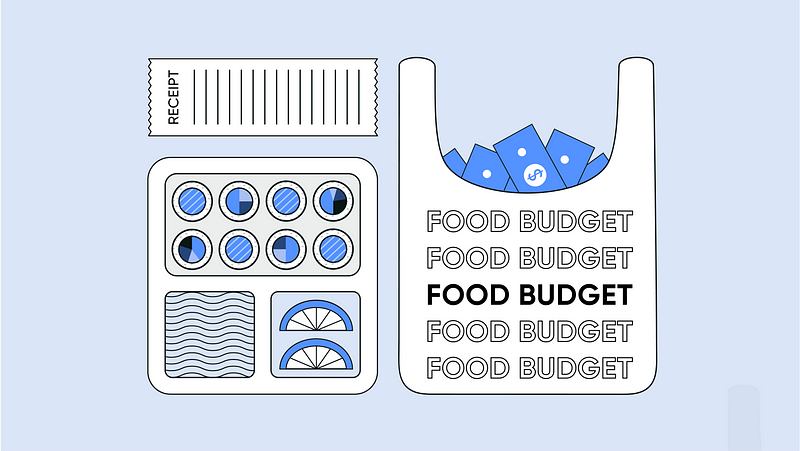How to Financially Prepare Yourself During Layoff Season

2022 saw a mass of layoffs from many companies, with tech at the forefront. Thousands of people were left unemployed, with many having to figure out how to survive the unexpected news, impacting them mentally and financially.
More recent news of layoffs is the cryptocurrency exchange platform, Coinbase. They announced last night that they would be cutting 20% of their workforce, after already reducing 18% of their staff in June ‘22.
Amid these layoffs, we thought it would be helpful to provide a “how-to-guide” on surviving (financially) through unexpected circumstances.
TomoCredit’s Step-by-Step Guide on Financially Surviving a Layoff:
- Make sure you have between 3 to 6 months’ worth of salary in case of a layoff or other unexpected circumstance(s).
- File for Unemployment immediately. The quicker you file, the faster you will be able to obtain any funds you qualify for. The process can be lengthy, so do not wait!
- Organize your bills and create a strategic plan. Make sure you know what bills are due, if there are any plans you can cancel until you can afford them, and call your providers to see if they offer any program to delay your payment dates.
- Check your benefits. Depending on your case and your employer, you could qualify for benefits extension (also depending on what state you live in), i.e. COBRA.
- Be frugal! Now is the time to pinch every penny and not spend frivolously on things you don’t need.
- Create a savings account and a savings plan if you haven’t already. Put money away that you are not spending on necessities. Practice differentiating between needs and wants.
- Evaluate your current debt. This can be student/credit card/auto/etc. You should start to look at all your open debt and reach out to companies to see if they offer any sort of forbearance while you are in a time of uncertainty.
- Be open to opportunities. Take advantage of any opportunity dealt your way. Even if the opportunity does not make you a ton of money or is equivalent to what you were making before, this can help pay the bills. And who knows, this opportunity could turn into something better in the future.
- Track your spending. Create a spending tracker in Excel and make sure you record every penny you spend. You can also use the “cash diet” method to track expenses. This tactic allows you to be more transparent about your spending and can trick your mind into thinking it is harder to let go of paper money.
- Use your credit cards wisely. In times like these, you will want to use any credit card you have, strategically. Stay away from your cards that have high APR/interest. These fees rack up quickly and you’ll be in a lot of trouble. Cards like TomoCredit, with 0 interest/APR, will keep you in a win-win situation by helping you build credit without burning a hole in your pocket.
We hope these steps will help you get back on your feet. If you have any questions about our latest blog on financially surviving a layoff, feel free to reach us at press@tomocredit.com








